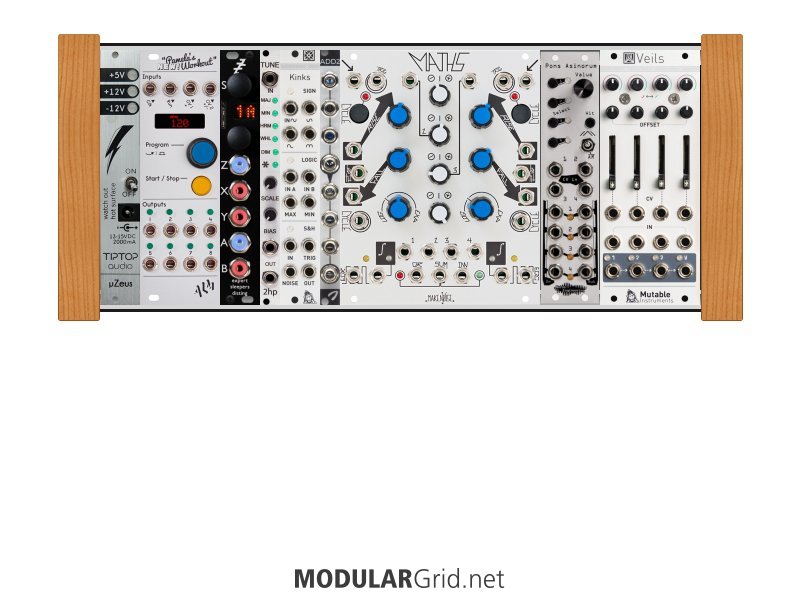I have some similar misgivings about this...if there's a restricted budget issue here, then the LAST thing you'd want to do is to try and buy into modular as a solution.
A smarter idea, if you're trying to get to the PPG zone, would actually be to NOT get a Blofeld...but, instead, get a Studiologic Sledge. I have one of these, and while it uses something akin to the PPG digital "oscillator", it ALSO uses the PPG paradigm of having plenty of controls to futz with live. And yes, Waldorf has software that can serve as a "Waveterm"-type solution for programming that digital engine. But the Sledge is actually closer in architecture to the Wave 2.2/2.3 than the Blofeld, since you have the digital generation + analog signal path which includes a true analog VCF. The Sledge DOES take a lot of crap from people on the Interwebz, true...but when you start digging into the "complaints", it becomes pretty apparent that the users bellyaching about the Sledge never really had to deal with a PPG setup.
Another potential solution to consider: the Modal Argon-8. I have one of these as well, and while some complain about the short keyboard, the synthesis engine inside the Argon-8 is VERY robust, also including their take on the analog signal path. It behaves a bit differently from the PPG engine, but not so much so that you're utterly lost from the moment you turn the synth on. And again, ample realtime controls.
There's also the ASM Hydrasynth, which I bailed on in favor of the Argon-8. This wasn't due to a technical issue, however, but an email exchange with one of ASM's "minions" who opted to rip me a new one for even ASKING about the delivery date to Sweetwater, where I'd already paid for one. After that outburst, which STILL didn't contain the information I was trying to find out, I told my sales engineer there to drop the Hydrasynth and sign me up with an Argon-8 BECAUSE...when I asked Modal much the same thing that I did ASM, I got a cordial reply which actually contained a delivery window and some hints about the upcoming 2.0 firmware. Comparatively, dealing with ASM made me feel as if I was dealing with some sort of lunatic cult...contacting their China ops only yielded a typical "Engrish" form reply, and then that guy stateside. I don't buy things from people who behave that way, even if they might have the "superior" product. But then, your mileage may vary; hopefully Glen Darcey has beaten that rep of his with an ugly stick...because even Sweetwater knew who that ASM guy was and also knew about his shitty attitude.
And lastly, the Korg whatever-the-hell wavetable thing. I have a Wavestation A/D, and a definite lack of interest in anything Korg's up to after the "limited" ARP 2600 shitshow (and other lesser poo-flings on their part before and after that), so I don't really need a retread of something they've already done. And I can get at the A/D's "guts" via M4L, so...yeah. Maybe someday Korg will get back to putting out amazing things...instead of oddly-colored versions of something else they sell for over half less minus the goofy color schemes. I ain't holding MY breath, tho...




